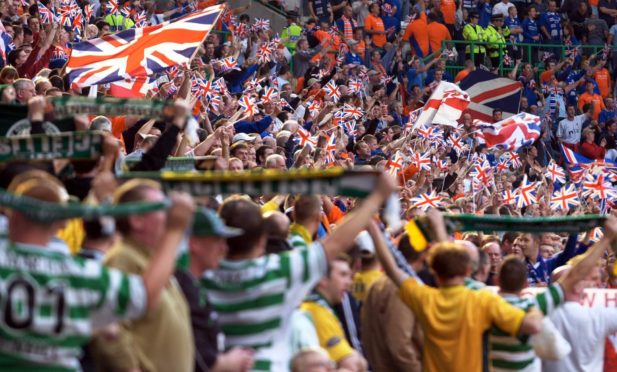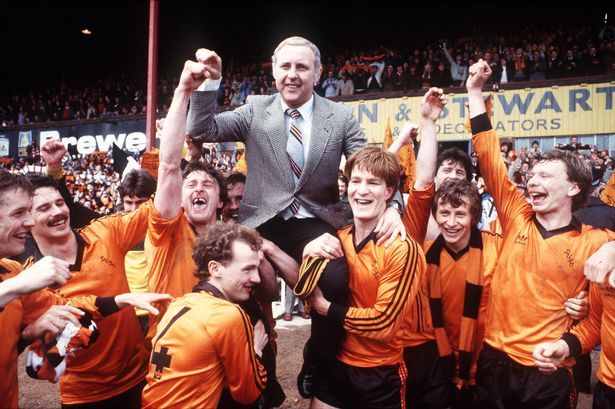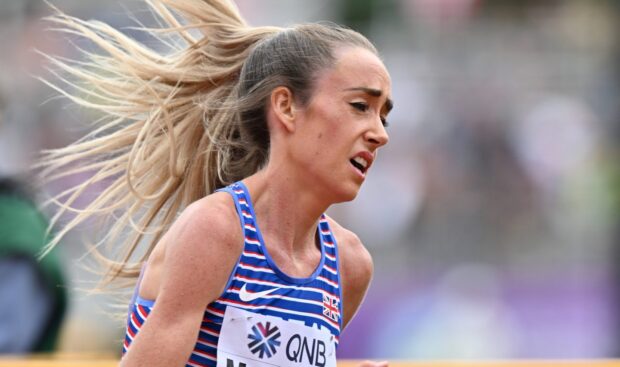I’d like to see radical change in Scottish football, with our big clubs competing in cross-border leagues.
The game in Scotland needs recalibrating – and this pandemic might be the tipping point.
A last-minute appeal by Hearts to restructure our current leagues might be successful, but we need much more than tinkering with a fading product.
The title in Scotland has now gone to Celtic Park or Ibrox for the last 35 seasons.
It’s a statistic which should see the boards of our top clubs squirming with embarrassment.
Our Premiership is not a meaningful competition; it’s a cause for righteous mirth elsewhere, with two clubs having divvied it up over three decades.
It’s not the fault of Celtic or Rangers that they’ve whipped the other clubs into quivering subservience over the years.
Their job is to win the league. The job of the others is to mount a serious challenge, not whinge about unfair resources while doing nothing to change things.
In the glory years that the other big city clubs in Scotland once enjoyed, they failed to invest to mount long-term challenges to the Glasgow sides’ dominance.
We now know, of course, that some of Rangers’ success was gained unfairly, but even before that, they and Celtic dominated the top league.
The situation is now exacerbated, with Celtic so financially muscular that they could be perpetual top dogs.
The other clubs now need to ask themselves what their purpose is and how they might change things.
They could insist on a more equitable distribution of money to ensure a properly competitive top flight.
They could also prepare for radical new possibilities for an exciting future.
Already, football’s smart thinkers are working at how to attract and keep new audiences in a digital age. They’re looking at increasing revenues and building their brands.
“Generation Z”, as they’re called, are the fans of the future. They watch football on a range of social media platforms – some don’t even go to games.
Back channels will already be open between the boardrooms of forward thinking, visionary clubs, as they discus creating innovative, cross-border competitions for many clubs, not just the elite outfits.
In Italy, a private equity company is looking to take a stake in Serie A and are doing the same with Six Nations rugby.
The question for the big Scottish clubs is, can they grasp the opportunities this brave new world may present?
One size fits all hasn’t fitted Scottish football for a long time.
Our bigger clubs have completely different aims and needs from the smaller ones.
The old ways don’t work anymore.
Some fans who happily holiday abroad and buy goods from all over the world are incredibly insular when talk of Scottish clubs playing in a British or European league is mentioned.
They may need to readdress their parochialism with more open minds.
There’s no good reason our top clubs can’t organise a more competitive domestic Premiership and look also at fresh new horizons.
Football may be poised for big changes.
If it is, our top clubs need to be part of them.






